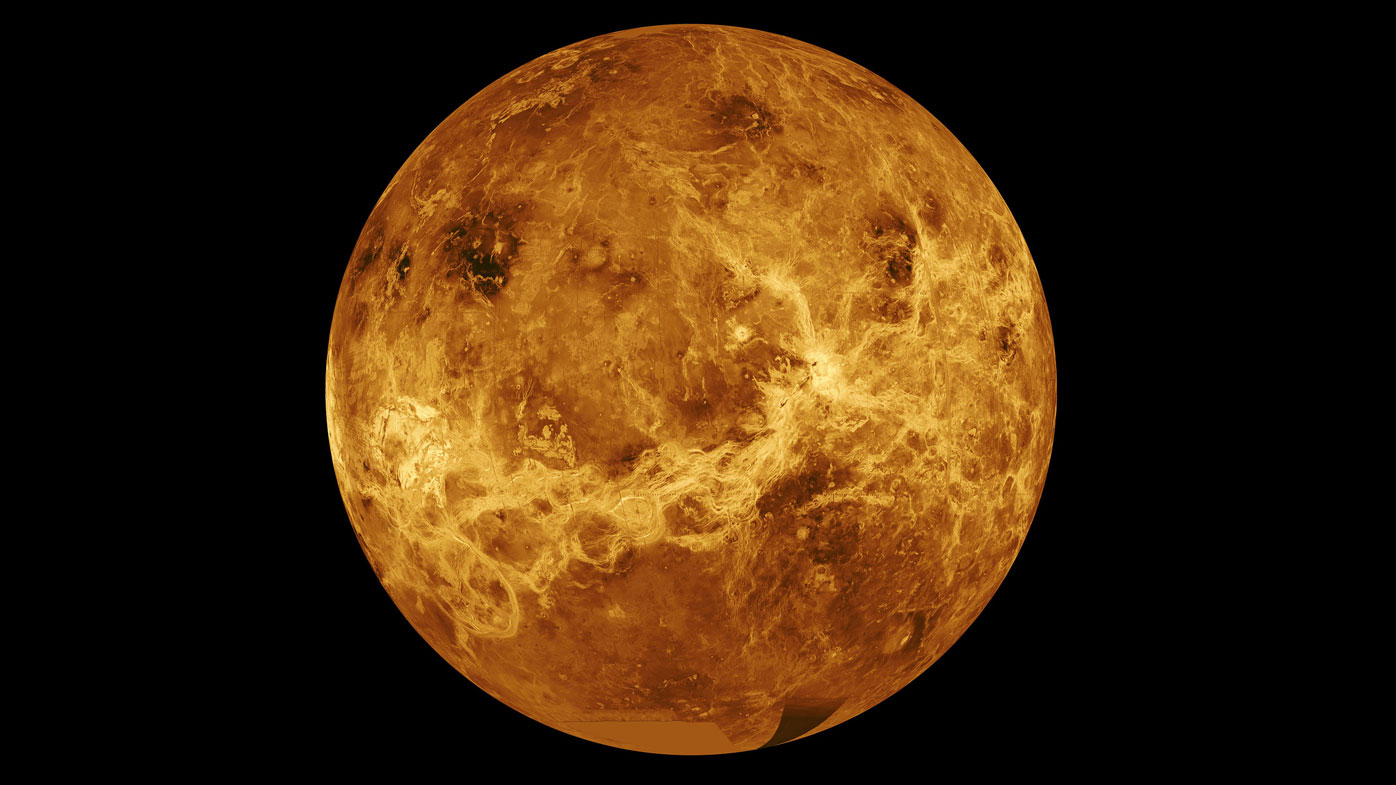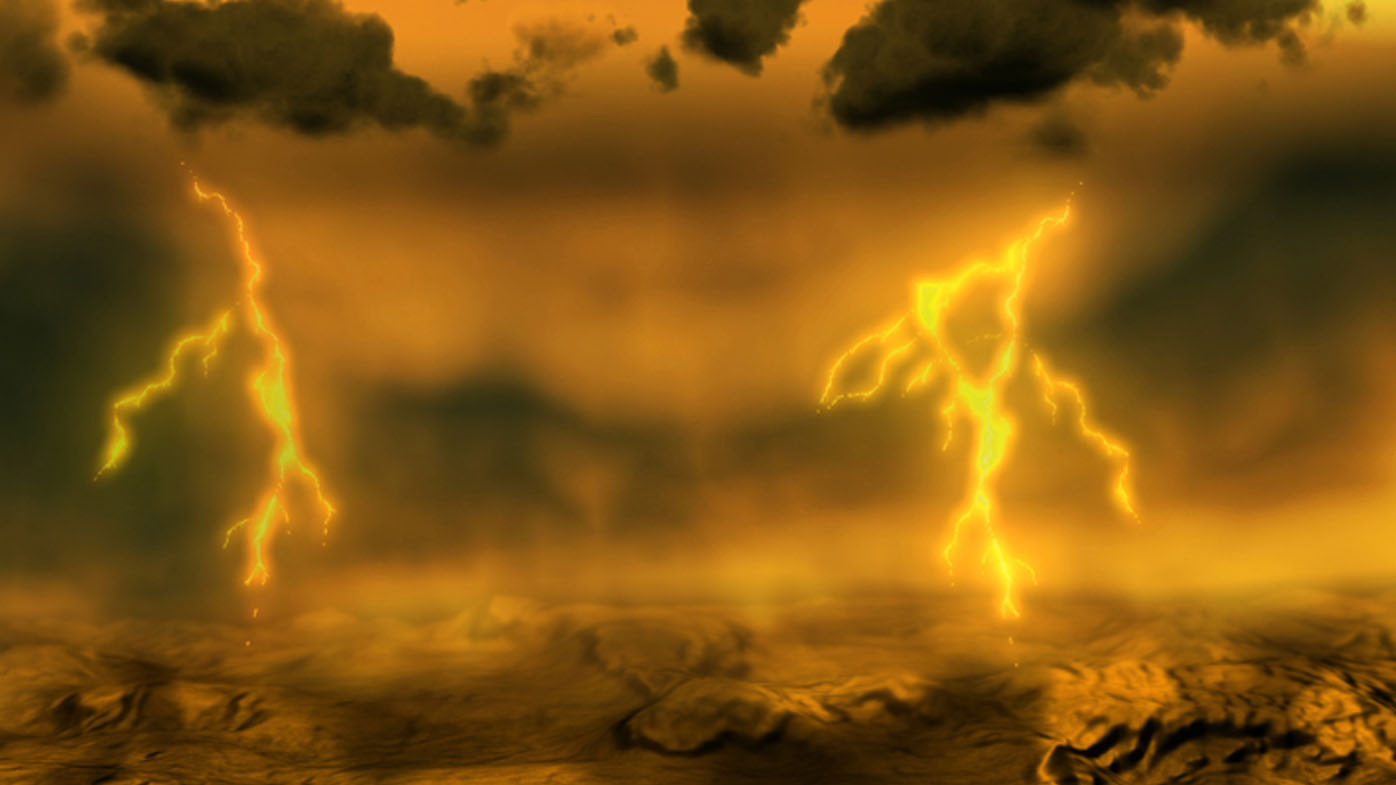Alien life forms nurtured by acid-neutralising chemical reactions could exist in the clouds of Venus, scientists say.
The planet - 47 million kilometres from Earth - may be more habitable for life because of the presence of ammonia, a new study suggests.
Scientists have long been puzzled by the detection of ammonia - a compound of hydrogen and nitrogen - in the atmosphere of Venus.
READ MORE: Almost 50 test positive for COVID-19 on world's biggest cruise ship

The gas was first detected in the 1970s and by all theories should not be produced through any chemical process known on the planet.
While Venus is Earth's closest planetary neighbour, its harsh environment makes human life impossible.
Droplets of sulfuric acid - strong enough to burn holes in your skin - fall from the planet's clouds.
But a new study by researchers from Cardiff University and Cambridge University in the UK and the US Massachusetts Institute of Technology suggests if ammonia is present, it would trigger chemical reactions that could support life in the Venus environment.
The scientists modelled a set of chemical processes to show that ammonia would set off a cascade of chemical reactions that would neutralise surrounding droplets of sulfuric acid.
If this occurred, it would increase the pH of the clouds from roughly -11 to 0.
While still very acidic, this would be within the range of acidity that life could tolerate.
READ MORE: States to push PM on earlier boosters at National Cabinet

The researchers noted that there are lifeforms on Earth that produce ammonia to neutralise and make livable an otherwise highly acidic environment.
"We know that life can grow in acid environments on Earth, but nothing as acid as the clouds of Venus were believed to be," co-author of the study William Bains, from Cardiff University, said.
"But if something is making ammonia in the clouds, then that will neutralise some of the droplets, making them potentially more habitable."
The scientists suggest that that the most plausible explanation of the presence of ammonia on Venus is that it is of biological origin, rather than a nonbiological source such as lightning or volcanic eruptions.
The study is published in Proceedings of the National Academy of Sciences.
